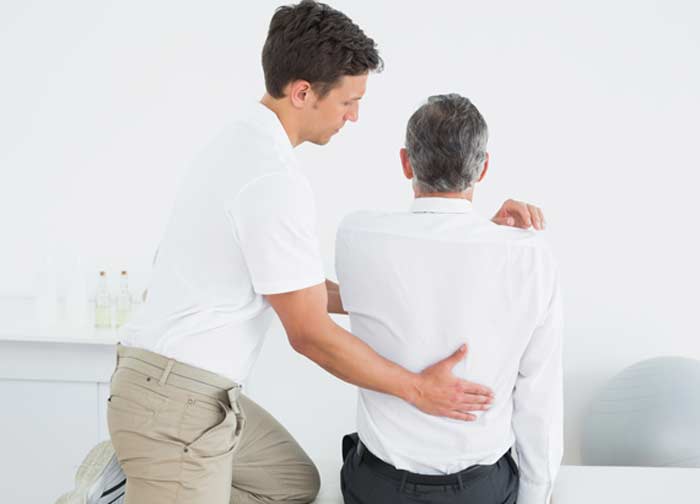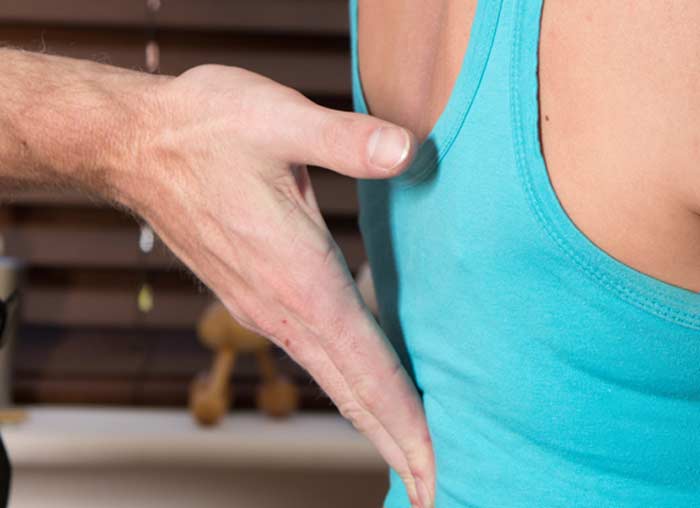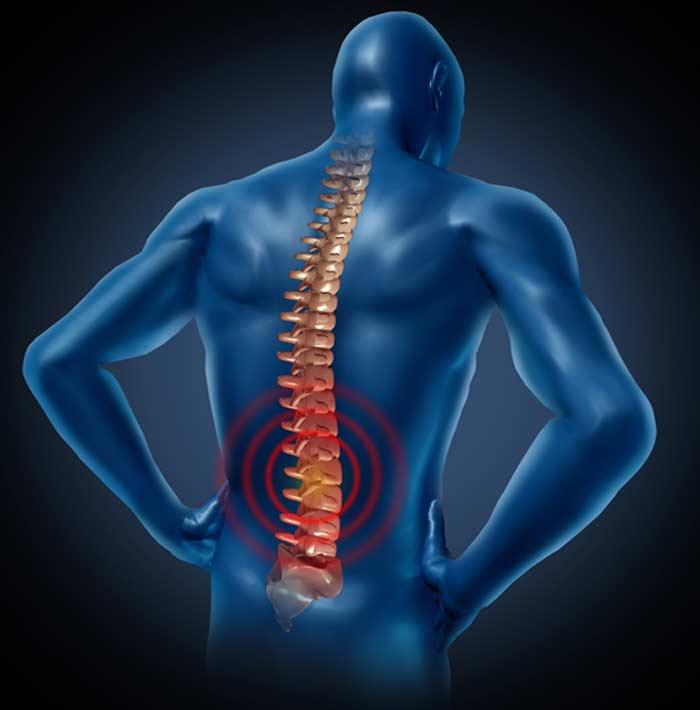
Spinal pain is experienced as a result of the transmission of nerve impulses from the affected area to the brain.
If conservative attempts at managing back, neck, or radiating nerve pain aren’t effective, spinal cord stimulation (SCS) may be suggested. It’s a procedure that involves the use of a device to deliver low levels electrical impulses to the spinal cord to block signals from nerves.
When the treatment is successful, spine-related symptoms may be noticeably reduced to the point where quality of life significantly improves.
What Is Spinal Cord Stimulation?
There are many types of SCS systems that may be used to block pain signals from the spinal cord. With most commonly used systems, the spinal cord stimulator is placed under the skin. Units often have a pulse generator. Some are rechargeable through the skin and others will need to be replaced at some point. Other devices use radio frequency (RF) to provide power for the device. With these units, the receiver is implanted and the antenna and transmitter are outside. A small wire transmits the current from the generator to the nerves in the affected area of the spinal cord.


Who Are Ideal Candidates for SCS?
Spinal cord stimulation is right for all types of spine pain. Preferred candidates are generally individuals who have tried other treatments without success. Patients still experiencing pain after spine surgery may also be good candidates for SCS. During the initial evaluation, patients are usually asked about previous attempts at minimizing or eliminating symptoms, such as physical therapy, spinal injections, and various medications. This form of pain management is typically recommended for patients with symptoms related to:
- Sciatica affecting thighs and legs
- Degenerative conditions affected by arthritis
- Spinal stenosis
- Nerve damage
- Complex regional pain syndrome
- Spinal cord damage
- Blood vessel disease
How Is Surgery Performed for Spinal Cord Stimulation?
Before the device is surgically implanted on a permanent basis, patients undergo a trial use period. With the assistance of a live X-ray (fluoroscopy), a trial lead is inserted within the affected area. The wire is attached to an external generator the patient wears on a belt. For about a week, patients are asked to keep a journal or log documenting the settings used and the level of pain relief experienced.
If the trail is successful, permanent implantation usually takes place. After the application of a local anesthetic, incisions are made to insert the electrode leads and generator. A laminotomy is usually performed to remove part of a vertebra’s bony arch (lamina) to create sufficient room for the leads.
Patients are normally awakened when the stimulator is initially set so patient feedback can be used to ensure the right level of stimulation is being produced. A skin pocket below the waistline is created for the pulse generator. Settings will be further adjusted about a week or so when sutures or staples removed.
What Are Possible Results with SCS?
Results with SCS will vary based on the specific source of spine pain and whether or not there are other factors contributing to symptoms. The goal with spinal cord stimulation is a 50 to 70 percent reduction in pain. For many patients living with chronic pain, even a small reduction in pain can make life better. Another benefit associated with SCS is the ability to minimize reliance on pain medications. SCS is also reversible if a patient decides they no longer want to use this method of pain management.
After the device is programmed, patients are given instructions on how to use the handheld controller themselves to determine how and when electrical impulses are delivered. Some sources of spine pine become less disruptive when sitting, standing, or sleeping, which can affect how much stimulation is desired. While SCS can provide much-appreciated relief, it doesn’t treat the actual source of spine pain. For this reason, patients are often encouraged to seek additional treatments, when appropriate.
